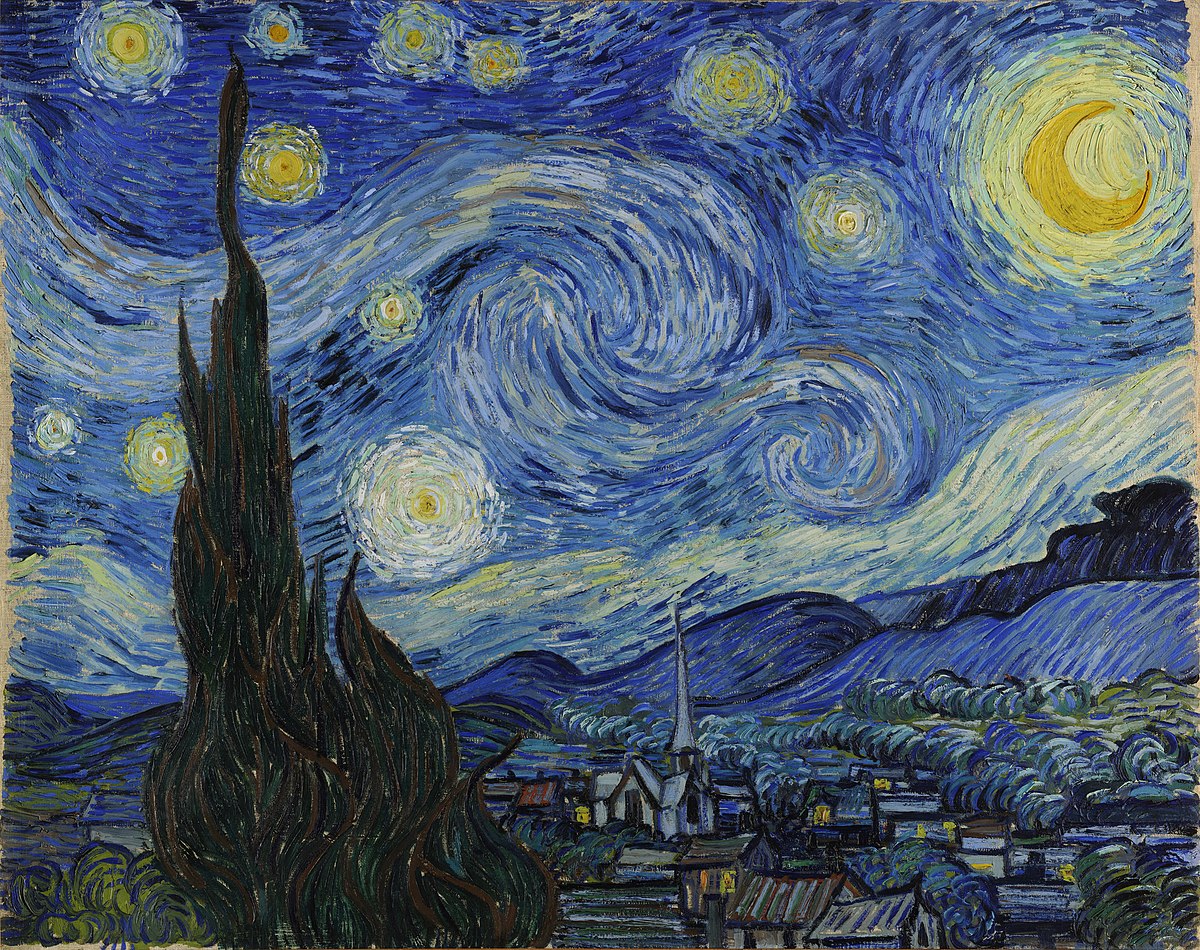Since the dawn of human civilization, the night sky has captivated us in a way that no other object has. From the silvery moon rising in the sky to the tiny pinpricks of light we now know as stars and planets, humans have spent countless hours observing and documenting the night sky. The process began as far back as the Babylonians and their written record of the night sky, to the Mesoamerican civilizations who based a large majority of their calendar on the moon, and then the Indian and Arabic civilizations with their massive technological advancements to help observe the night sky.
Then the Europeans began to observe, with the Dutch glass-maker Hans Lippershey creating the first telescope. Galileo and Kepler further improved on the telescope, documenting new properties of the night sky and unraveling the mysteries of the universe. Then the age of large observatories dawned upon us, and we learned to capture images using radio telescopes instead of just optical telescopes. We became so obsessed with the night sky that we actually sent a multitude of telescopes into space just so that we could help see the night sky better. In fact, we just sent one last year with the most cutting-edge technology that humanity has ever developed.
Based on the information above, I think we can all agree that the night sky is intricately connected to humanity. The night sky makes its way into our art and culture as well. But no other piece shows the intricate connection between humans and the night sky quite like “The Starry Night” by van Gogh. The picture seems innocent enough, a very post-impressionist depiction of a village in the night. But there is so much more beneath the innocent disguise of “The Starry Night”. Van Gogh was a deeply troubled man, and when he ended up cutting his ear off in a psychotic fit, he checked himself into a mental asylum to help himself.
In this asylum, van Gogh began to reflect on his life, and art became his therapy. He began to paint while he slowly recovered from his trauma. Before he had fully come to terms with himself, he produced “The Starry Night”, the epitome of the human experience. As he gazed on the night sky in wonder, he painted with a touch that is deeply human. The bold, defiant strokes on the canvas represent his newfound hope for the future, but the swirling paint reflects his emotional turmoil and uncertainty. The vibrant and dynamic use of color, coupled with van Gogh’s bold brushstrokes, creates a feeling of movement and energy that draws the viewer into the painting. The combination of the night sky’s peaceful beauty with the intensity of the brushwork creates a contrast that is both striking and captivating.
In my opinion, “The Starry Night” is a must-see for anyone who appreciates art and its power to evoke emotions. Over a century after its creation, the painting continues to captivate audiences, making it a true testament to van Gogh’s talent and vision.
I give “The Starry Night” five stars.
